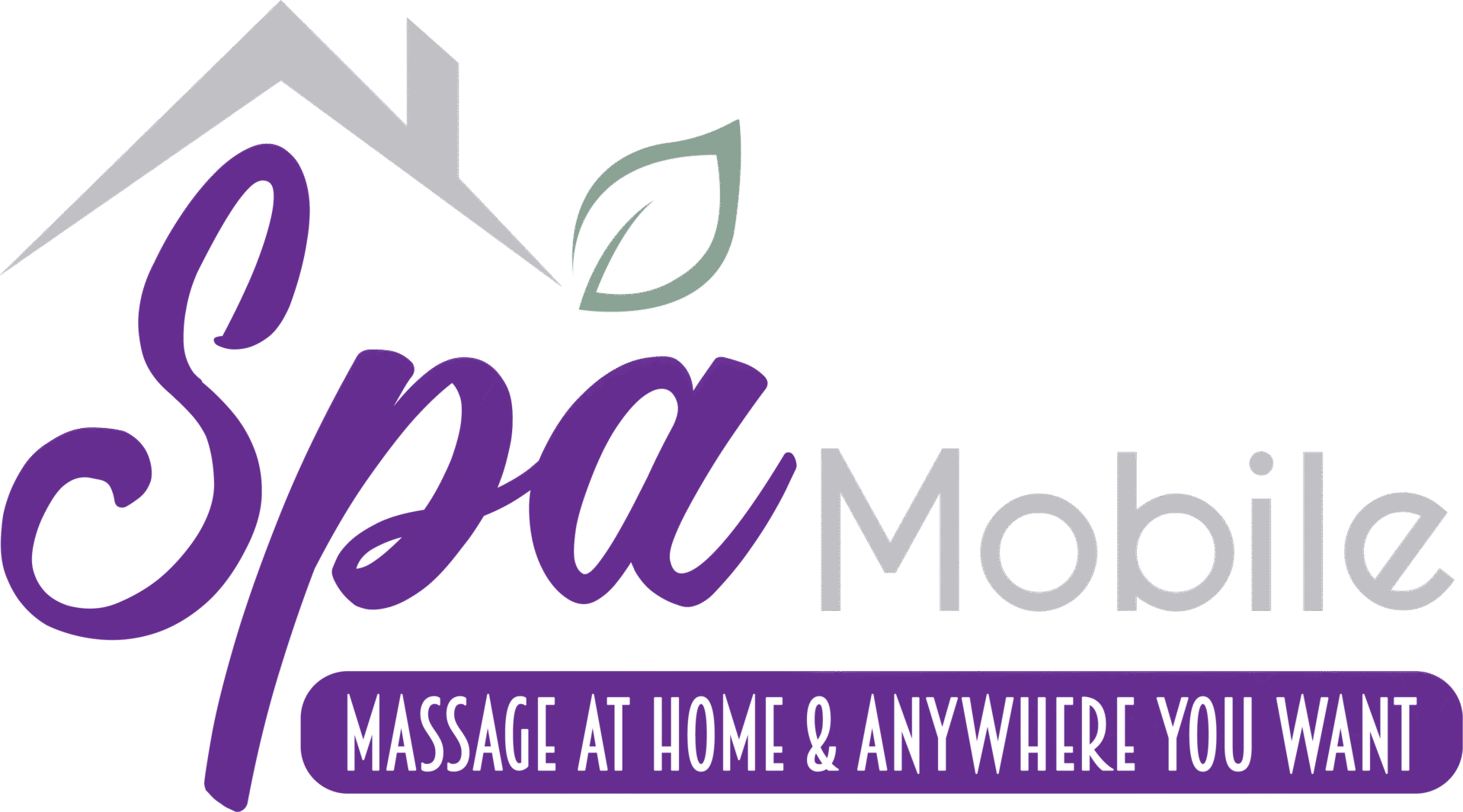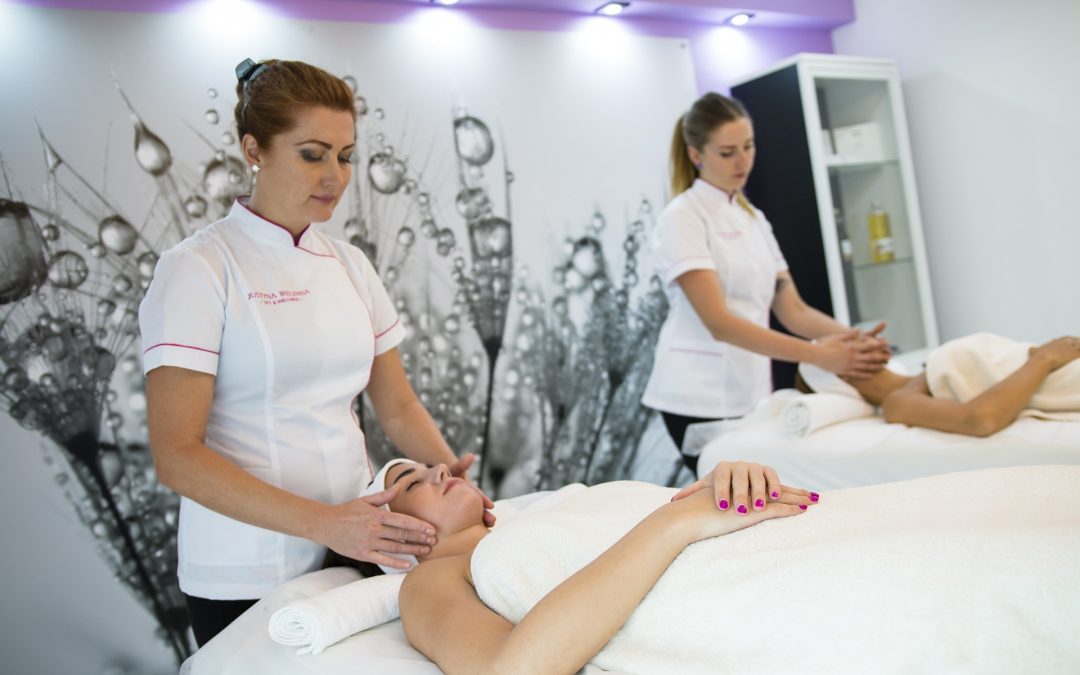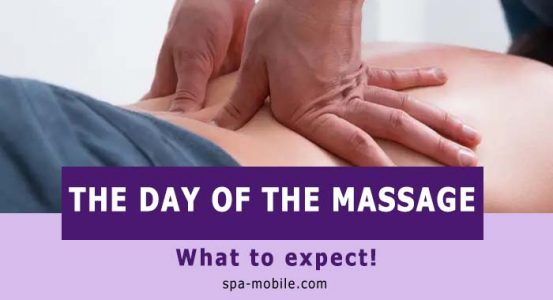Feeling stressed? Read on to learn 10 types of massage and which one can help you relieve stress.
We all, in our everyday routine, experience stress. Sometimes it’s good for us; it motivates us to accomplish our tasks and meet deadlines. And sometimes it is terrible for us, especially if we are facing it continuously. It may take a toll on our mental and physical well-being.
We all need to manage stress to work better in our life. There are many ways to cope up with it. Some people eat, and some do exercise. Everyone has their own way of dealing with it. One way that will immediately relieve your stress is massage. Massage does not only relieve stress, but it also has other potential benefits as well. There are many types of massage, and you have to opt for the one that best suits your needs.
Read on to know what massage is and which massage is right for you.
What is massage?
Massage is a treatment that provides immediate relaxation and calmness. The technique involves using physical contact to enhance mental and physical wellbeing. Your massage therapist rubs and manipulates your soft body tissues, i.e., ligaments, muscles, tendons, and skin, to release tension in a massage session.
The concept of massage has been there for more than thousands of years. Many people like having a massage because of multiple reasons. It reduces pain, relieves stress, treats spasms, heals soft tissue injuries, and even boosts the immune system.
There are different approaches to massage. Your massage therapist may apply gentle or deep pressure to your muscles. There are about 80 types of massage.
Wondering which one to get? Some of them are covered in this article; continue reading to discover which one is the right fit for you.
1. Aromatherapy Massage
Aroma means fragrance, and therapy is for treatment. As the name suggests, it uses essential oils for therapeutic purposes. An aromatherapy massage is for healing the body, mind, and soul. The concept of aromatherapy has been there for 6000 years.
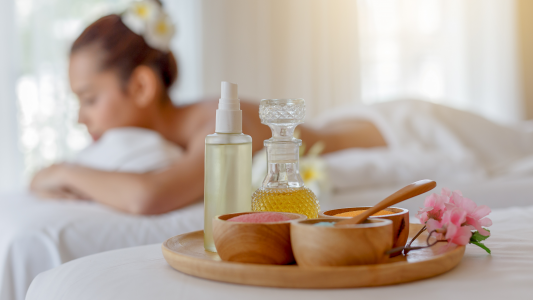
The essential oils it uses are extracted from different flowers, fruits, stalks, leaves, and resins. These essential oils have antibacterial, antifungal, and antiviral properties. Many researchers documented its use in boosting the immune system, treating Alzheimer’s disease, cancer, and heart diseases. These oils, when reaching subcutaneous tissues, are thought to release serotonin and endorphins, which enhance your mood and relieve stress.
These oils can be applied externally on the skin and inhaled through the nose. Your massage therapist may apply essential oils by soft, gentle pressure on your skin. Essential oils are diluted to apply. You and your therapist can together decide which essential oil to use. You can either receive a full body massage or a massage on the head, neck, and shoulders. Your massage therapist will take 60-90 minutes for aromatherapy massage.
An aromatherapy massage is best for:
- Boosting mood
- Relieving stress
- Relieving pain
- Treating depression
- Treating insomnia
- Treating nausea
- Cancer patients
2. Swedish massage
The most common type of massage people get is the Swedish massage. It is also called classic massage. It involves long kneading strokes to tapping strokes on the upper layer of muscle according to venous and lymphatic flow. It is a painless technique that is intended to provide relaxation and release muscle tension. It decreases sympathetic flow and increases parasympathetic flow, which is associated with calmness and reduces anxiety.
A study published in Evidence-based Complementary and Alternative medicine confirmed its use in reducing blood pressure in hypertensive individuals.
It is associated with the release of endorphins, which boost mood. It improves blood circulation that flushes out lactic acid, which is accumulated in muscles. It boosts the immune system, improves sleep, increases energy, and lubricates joints, which helps increase the range of motion.
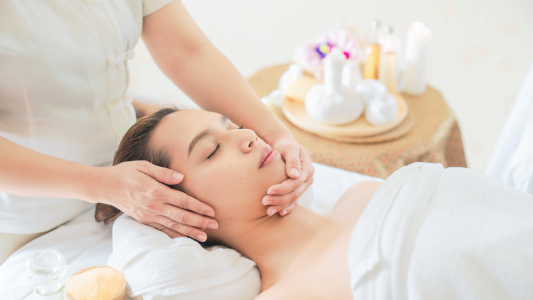
Your massage therapist may use long strokes, deep circular movements, and passive joint movements. This kind of massage involves using softer strokes on delicate parts of the body and strong strokes on thick muscles. It’s a full-body massage. You can ask your massage therapist to focus more on areas of concern, such as the tight neck.
Swedish massage is best for you if you are experiencing:
- Muscle ache
- Joint stiffness
- Low back pain
- Osteoarthritis
- stress
Swedish massage goes well with people who are hypertensive, sensitive to touch, and new to massage. It lasts for 30-90 minutes.
3. Reflexology Massage
Reflexology, also called zone therapy, involves applying varying amounts of pressure to different parts of the hand and feet. It is an alternative medicinal practice involving the body’s natural reflexes through hand, finger, and thumb massage.
The whole concept of the reflexology is based on Chinese belief in qi or vital energy. The qi flow gets blocked in the body when a person feels stressed, which results in an imbalance of the body, causing disease.
The theory behind reflexology is that each zone of foot corresponds to different organ and organ systems. When pressure is applied to these zones, nerves send signals to corresponding organs and heal pain and relieve muscle tension throughout the whole body.
Generally, in reflexology, the body is broken up into ten zones; five on the right side and five on the left side, according to which pressure on the feet is applied to send signals to corresponding zones. Your massage therapist may use a foot chart guide to apply pressure on different parts of the foot.
Reflexology is also believed to release some hormones including, endorphins and dopamine, which help reduce pain. A study published in the Journal of complementary therapy in clinical practice suggests that it reduces anxiety and stabilizes heart rate and blood pressure.
Reflexology massage is best for people who:
- Don’t like to be touched on the whole body
- Are shy to be undressed for a massage
- Want to relax and restore their energy levels
- Want short term treatment for pain relief
4. Cupping
Cupping is a complementary medical practice. As the name suggests, It involves placing cups on selected parts of the skin and creating a subatmospheric pressure. Cupping has been there since 3000 BC. It improves blood flow and movement. Its use is also associated with the relief of pain and boosting the immune system.
Your massage therapist may place the cup on the tight and sore area of a body and then apply pressure by suctioning the cup onto the skin. Pressure builds up in the area, and cups remain on your skin for a considerable amount of time. Your therapist may also ask you to move in a specific direction to improve blood flow further. There are three types of cupping: dry cupping, fire cupping, and wet cupping. Wet cupping is quite popular among Muslims and Islamic culture that actually withdraws blood by creating a small incision.
An article published in the Journal of Acupuncture and Meridian Studies reported its use in treating lower back pain, headache, migraine, neck and shoulder pain, knee pain, hypertension, asthma, diabetes mellitus, and facial paralysis. Cupping therapy is not meant for children under the age of 4, pregnant and menstruating women.
Cupping is best for:
- Short term pain management and muscle tightness
- Generalized pain over softer tissues
5. Acupuncture
Acupuncture is the weirdest kind of massage that uses needles on specific parts for pain management and healing the body. These parts are called acupuncture points. It is based on Chinese traditional medicine, and it is old since 3000 BC. Acupuncture points lie along the meridian, the energy pathways, in the body that flow qi or vital energy. It is believed that when these meridians are blocked, illness can occur.
Acupuncture uses needles to manipulate meridians and help restore balance and promote wellness. The needles a therapist uses for acupuncture are fine and small, having the same diameter as that of human hair.
Your massage therapist may quickly insert needles to minimize the pain. The session’s length depends on the number of needles and how much pain a person can withstand.
Acupuncture therapy is best for:
- Treating site-specific injuries
- Treating pain
- Muscle tightness
6. Pregnancy Massage
Pregnancy massage, also known as prenatal massage, is suitable for pregnant women. Pregnancy is associated with the discomfort of the body. It helps treat body aches, reduce anxiety and symptoms of depression. It also helps in relieving muscle aches and joint pains.

But prenatal massage is not safe for every pregnant lady. Usually, it is discouraged in the first trimester of pregnancy. After that, consult your doctor. If he allows you to have a prenatal massage, only then go for it.
Prenatal massage deals with the discomfort associated with body changes through varying techniques. And one of these techniques is the Swedish massage. According to the American Pregnancy Association, it increases levels of serotonin and dopamine, which boosts mood. Swelling of joints, known as edema, during pregnancy can occur due to increased pressure caused by the uterus. Massage helps reduce swelling.
Your therapist may ask you to lay down on your side. You may receive a full body massage or a massage focusing on the hip area, lower back, and legs. Prenatal massage therapy sessions last up to 60 minutes.
7. Thai massage therapy
Thai massage has been practiced for around 2500 years. It first originated in India. It is based on both ayurvedic and Chinese traditional medicine. It is also referred to as assisted yoga.
Your massage therapist uses his hands, thumb, elbow, forearm, and even feet to stretch, pull and apply pressure to your body. This kind of massage follows specific body lines called sens. Your therapist will move your body into yoga-like positions by using his hand to increase energy flow. Many pieces of research confirmed its potential benefits in improving health. It helps relieve joint stiffness and pain. It reduces headache and back pain.
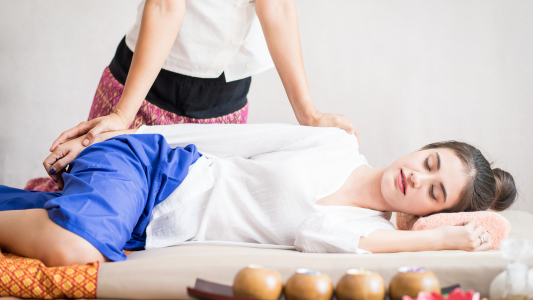
A study published in Complementary therapies in medicine reports its effectiveness in decreasing anxiety and promoting relaxation. Thai massage is best for individuals who:
- want to remain dressed during the massage session
- want to have an active massage
- don’t have any site-specific pain or strains.
8. Trigger point therapy
Trigger point therapy targets specific site injuries and is meant to heal them. It is a neuromuscular therapy that corrects muscular balance. It is based on the theory that trigger points, areas of tightness in the muscle, cause pain in other parts of the body, causing headache and muscle strain.
Trigger point therapy relieves pain by applying pressure on trigger points. It improves posture by easing muscle tension on the neck, shoulder, and back. It also helps improve flexibility and increase the range of motion.
Your massage therapist may use gentle and relaxing strokes combined with deep and strong pressure; it releases tension at neuromuscular junctions. The session lasts for an hour or so. Trigger point therapy is best for individuals having:
- Specific site injuries
- Muscle tightness
- Carpal tunnel syndrome
9. Craniosacral therapy
It was first developed in 1945. It is a non-invasive therapy that involves applying gentle pressure on the head, neck, and back that relieves compression in bones of the cranium, sacrum, and spinal column.
It is thought to correct the flow of cerebrospinal fluid in the CNS and remove the blockage of flow, which heals the body.
Craniosacral therapy is beneficial in a number of health conditions. It treats migraines, constipation, irritable bowel syndrome, sinus infections, neck pain, and fibromyalgia. It is also associated with enhanced mood. Craniosacral therapy session lasts for two hours. Craniosacral therapy is best for:
- All age groups
- Patients suffering from an injury
10. Hot Stone Massage
A hot stone massage is similar to a Swedish massage. The only difference is that it uses hot stones along the body. The stones used are usually basalt stones that are heated in hot water or a stone heater.
Hot stones soften tissues and release tension in muscles.
An article published in the Journal of research in medical science reports its use in enhancing sleep quality in hemodialysis patients. It also improves blood circulation, treats lower back pain and stiffness of joints. It boosts immunity
A study published in the Journal of Rehabilitation Medicine reported its effectiveness in increasing the range of motion in frozen shoulders.
Your therapist may place hot stones on your body or hold them. The session is expected to last up to 90 minutes. He may use them in long flowing strokes or trigger points of the body. Hot massage therapy is best for individuals:
- suffering from intense muscle pain
- experiencing stress.
Summary
Massage is a way to heal the body, mind, and soul by manipulating tissues of the body in different ways. There are 80 kinds of massage. In this article, we discussed 10 types of massage and their therapeutic benefits. Choose the one that is right for you. You can always take consultations from your doctor or massage therapist before getting a massage.
